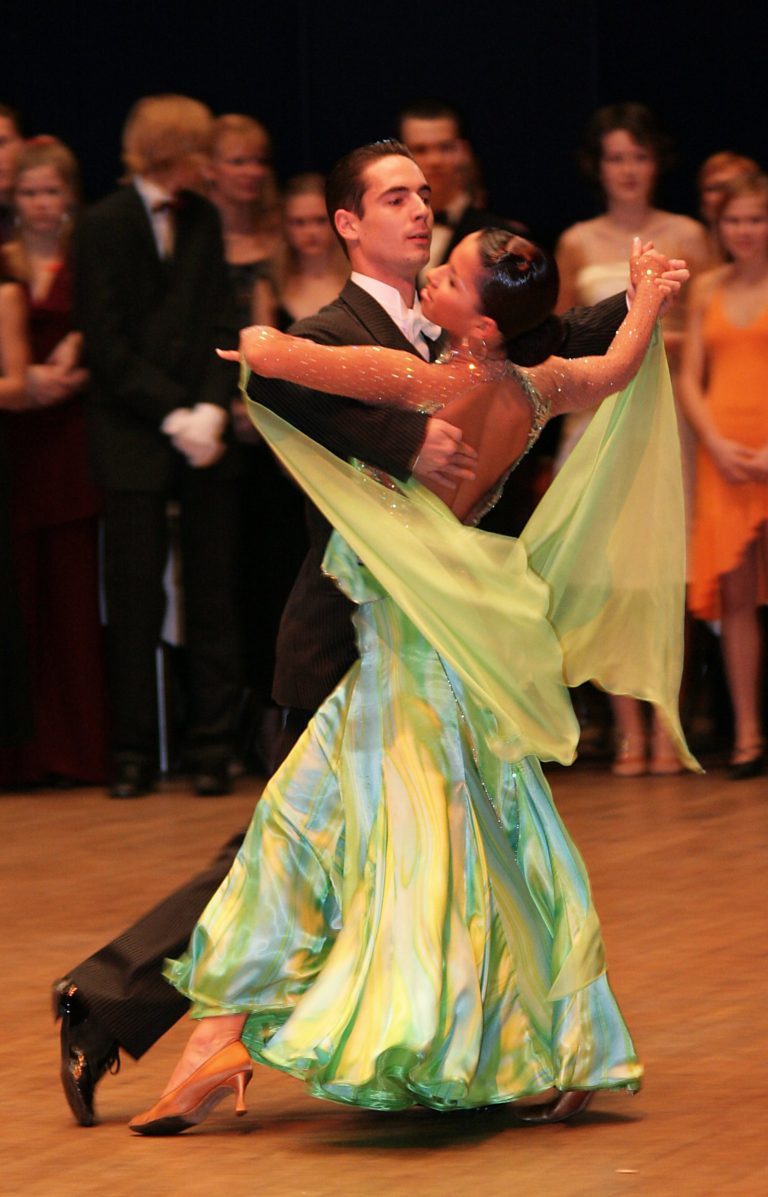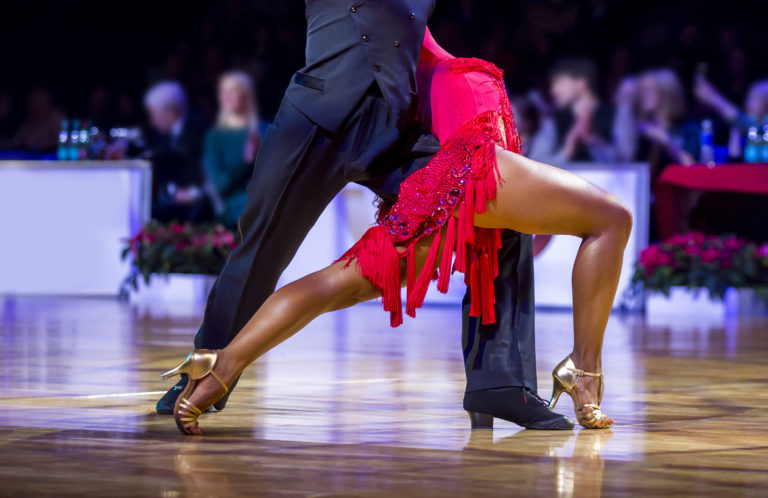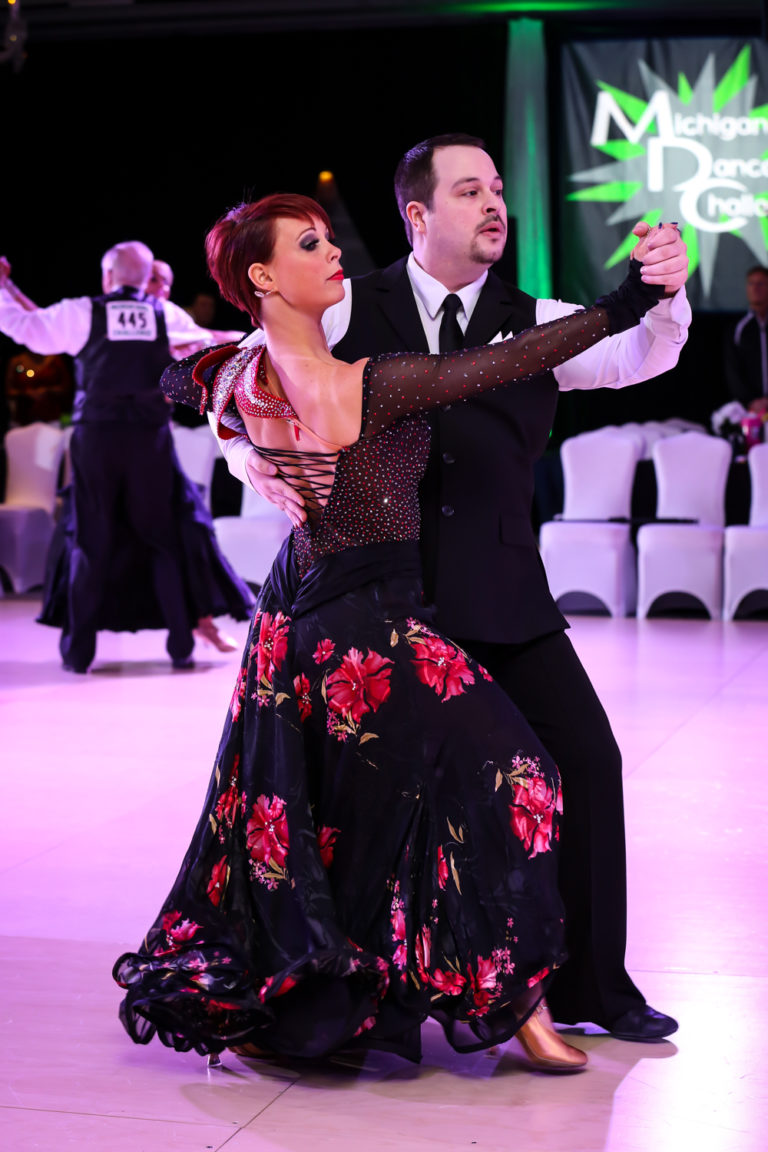The Bolero is a dance that most of my students are intrigued by. It’s this mystery dance that they hear a lot about but they don’t learn until they have done several other dances. Like many instructors, I don’t introduce Bolero to a student until they have a strong foundation in both the rhythm and smooth dances. This is because Bolero is a fusion of three dances: Waltz, Tango, and Rumba. Although it is a hybrid of two American Smooth dances (Waltz and Tango) and only one American Rhythm dance (Rumba), it falls under the American Rhythm category of ballroom dancing. When you compete in Ballroom, the dances are put into various categories and American Rhythm consists of Cha Cha, Rumba, East Coast Swing, Bolero, and Mambo and is danced in that order.
Below is a look into what I will be sharing in this post.
· History of Bolero
· Musical Information and the Count
· The Basics and Technique
History of Bolero
Bolero has roots in both Spain and Cuba; it evolved from the Fandango, a Spanish folk dance, and the Cuban Danzon. Bolero arrived in the US in the mid 1930s and is often called “the Cuban dance of love,” and has similar origins to the Rumba. It is characterized by smooth gliding movements, dramatic arm styling, and has a romantic feel. As mentioned earlier, Bolero is a hybrid of Tango, Waltz, and Rumba. It has the Contra actions of Tango, Rise, and Fall of Waltz and is danced to slow Latin music with (modified) Cuban Motion from Rumba.
Next, I will be diving more into the music of Bolero and the basic rhythm of the dance.
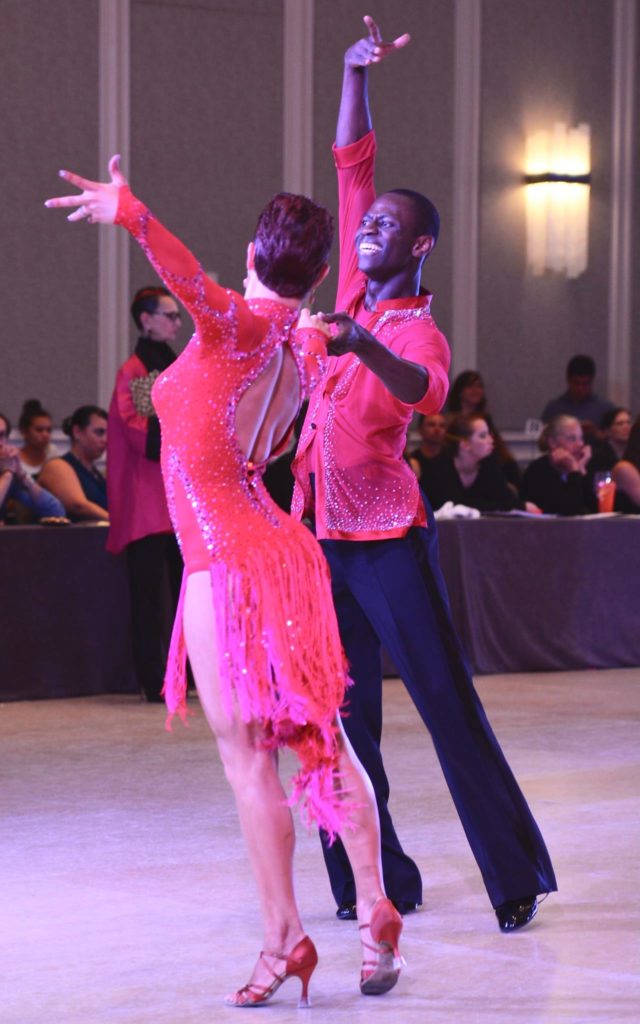
Musical Information and the Count
Classical Bolero was danced to a steady beat of drums, and Contemporary Bolero music is slow and dreamy, often with Spanish vocals and soft percussions. The Spanish version of Bolero music is written in ¾ time, however, when arriving in Cuba, the time signature was changed to 4/4 time and that is the version we all dance to today. The tempo ranges between 24-26 measures per minute (MPM) which is quite slow compared to the 32-36 MPM of American Rumba. The basic rhythm follows a slow, quick, quick cadence where a slow is 2 beats of music and a quick is 1 beat of the music. Another way you can count is by using numbers, which is more helpful when doing choreography. for the slow, you would count 1-2 and for the quick-quick, you would count 3-4.
The Basic Step
The Basic step in Bolero is very similar to the Basic in International Rumba, but with slightly different timing. Below is a breakdown of the basic for both leaders and followers.
Leaders: Begin with your weight on the right foot and on the 1st beat, take a side step to the left and hold for the 2nd beat. Next, place your right foot back on count 3 (the first quick) then step forward with the left foot on 4 (the second quick.) for the next slow, step to your right, then forward with your left foot on 3 and back with your right foot on 4. That is one complete basic.
Followers: Begin with your weight on the left foot and on the 1st beat, take a side step to the right and hold for the 2nd beat. Next, place your left foot forward on count 3 (the first quick) then step back with the right foot on 4 (the second quick.) for the next slow, step to your left, then back with your right foot on 3, and forward with your left foot on 4. That is one complete basic.
Bolero Technique
Dance steps are nothing but steps without the technique. Dancing with proper technique gives each dance its uniqueness and beauty. Practicing technique can be overwhelming when there are so many details involved, so I recommend focusing on one or two things at a time until your body starts to understand the movement before adding more. To get you started, I will give a few technical tips that are super important for Bolero that you can apply to the Basic Step right away.
Footwork: Like the other rhythm dances, the balls of the feet should remain in contact with the floor throughout the dance. On every step, you will roll from the ball of the foot to the heel being careful not to get back weighted.
Rise and Fall: The rise and fall is created through the legs and ankles in Bolero and generally does not go onto the toes. We do what’s called “body rise” where you will begin in a lowered position and rise to your standing height. The rise and fall is consistent throughout the dance and goes as follows: begin by lowering before stepping on 1. When transferring your weight to the side on the first beat, you will stay in your knees and then rise to standing height on count two as your free leg comes underneath you to prepare for the next step. You will still be up at the beginning of the second step but will “fall” once the forward or back step is taken. Lastly, you will stay in your knees for the third step in preparation for the next measure.
Drop and Drift: There are a few variations on how to dance the forward and back steps in Bolero, but I’m only going to cover one of them today – the drop and drift method. This refers to the way we shape and extend our legs between the second and third steps. Basically, the second step should always be smaller, and once you lower, the free leg will extend either forward or back in a sort of lunge position. This lunge causes your free leg to drift away and allows you to take a bigger third step.
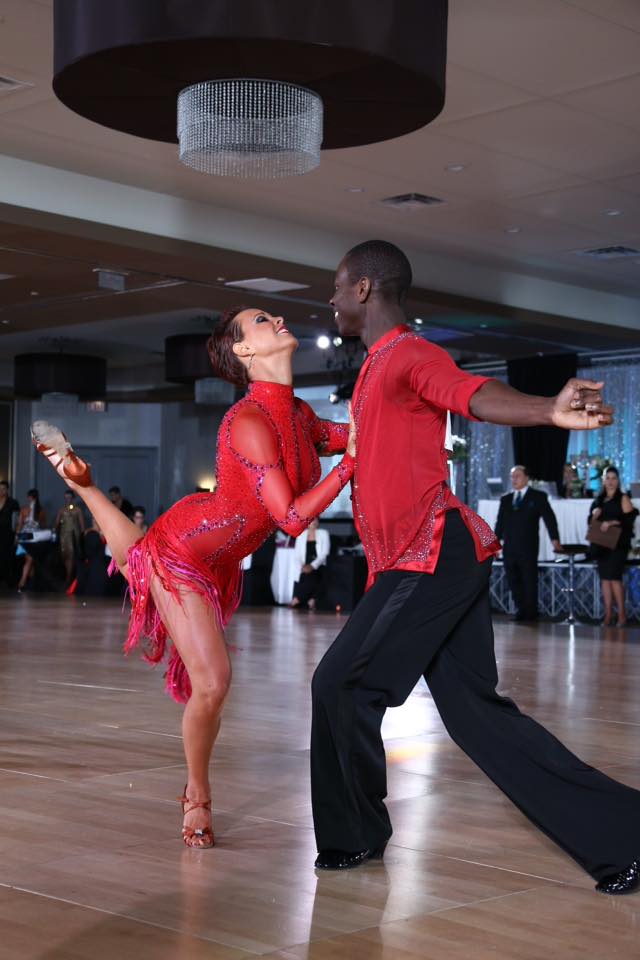
Check out this video for a visual: https://youtu.be/aDUr3gZIrms
Next, I recommend practicing applying the footwork, rise and fall and drop and drift actions to the Basic Step and any other step you may have learned in your lessons. Of course, this barely scratches the surface of the Bolero, but it is a great start to help you improve your dancing. Check out the link below to see just how beautiful the Bolero can be!
Professional American Rhythm competition: https://youtu.be/wWGzI2gAhdg?t=394
I hope you enjoyed this post!



